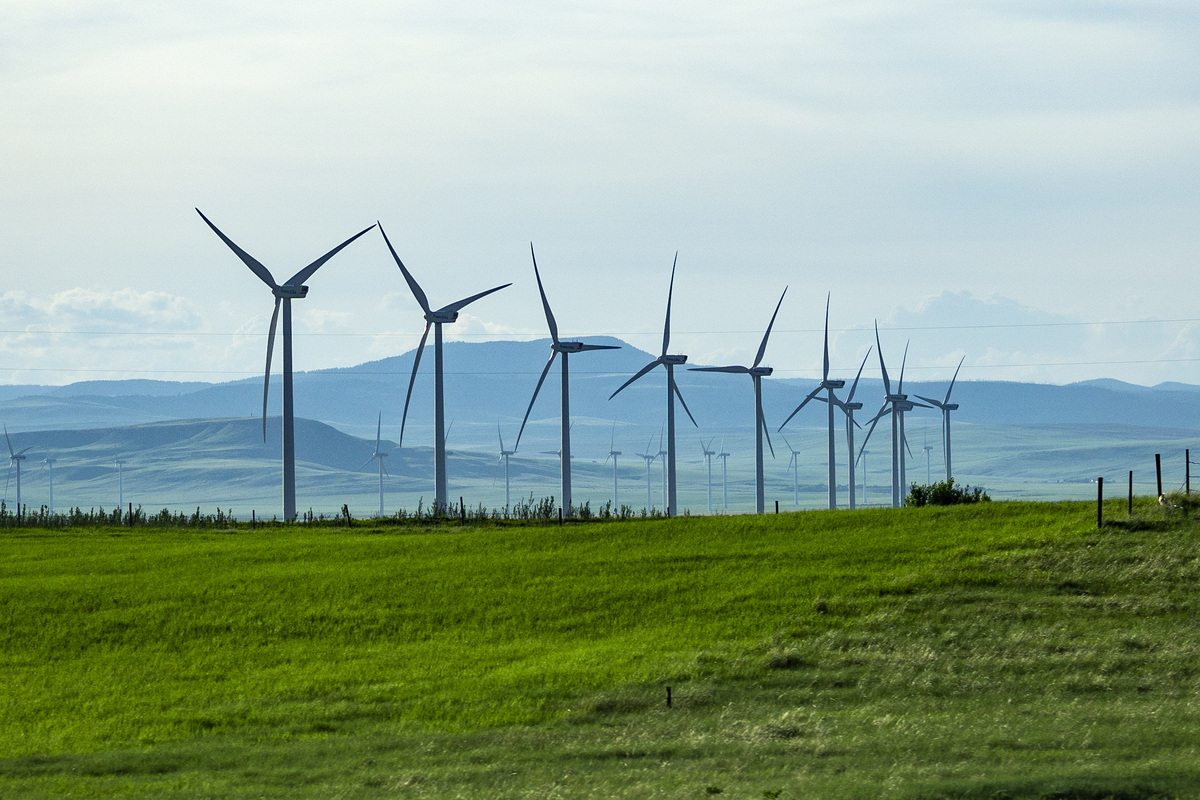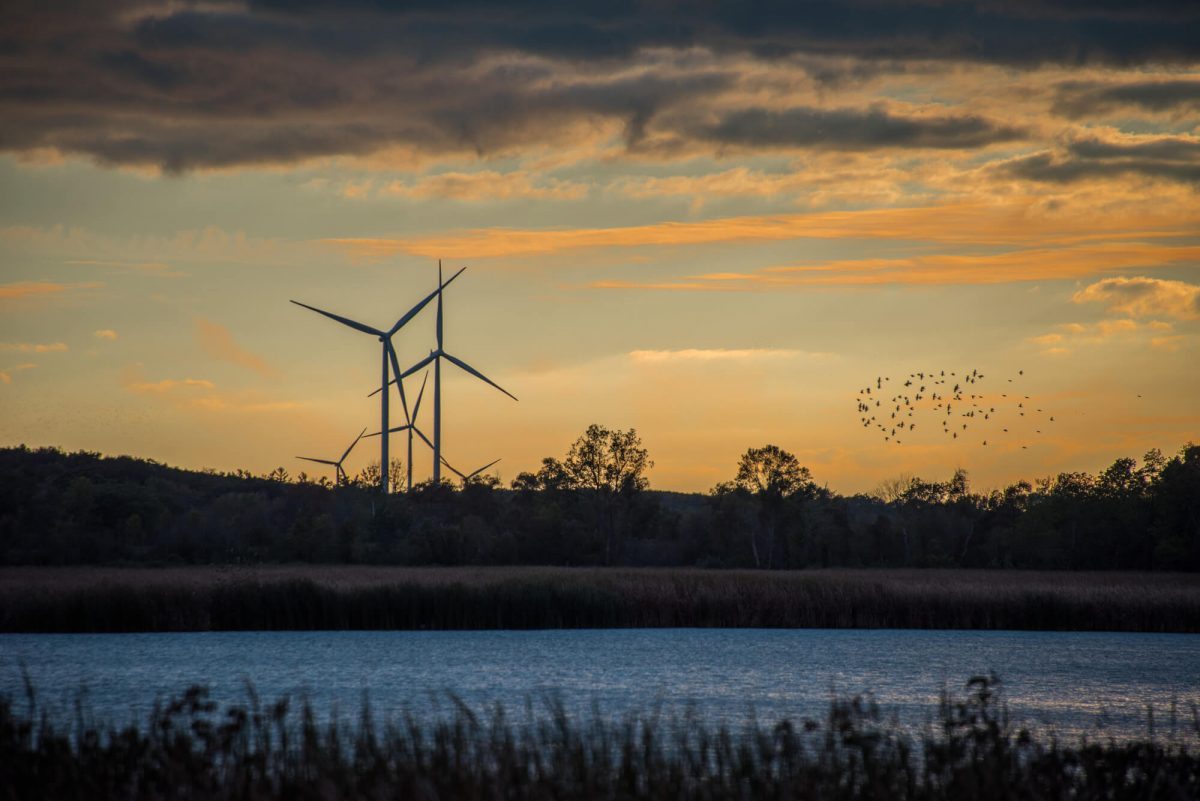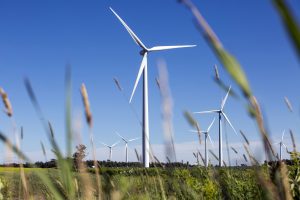
Wind Energy: The Advantages and Challenges
Wind energy is hailed as among the fastest-growing energy sources worldwide, which is why it’s been gaining a lot of attention lately. While it is still not perfect, research and studies are ongoing to surpass all its challenges.
The Advantages
Here are some of the advantages and benefits of wind power:
1. It creates jobs.
The Wind Vision Report stated that by 2050, wind power might open over 600,000 jobs in supporting, maintenance, installation, and manufacturing services. To date, one of the fastest-growing jobs in America is wind turbine technician, and more than 100,000 workers are now employed in the US wind sector.
2. It is cost-effective.
The estimated price of a utility-scale land-based wind energy source is 1 to 2 cents per Kwh after the tax credit deduction. For over 20 years, the electricity price coming from wind farms has remained fixed.
3. It is a clean source of fuel.
Wind power does not pollute the air; neither is it capable of atmospheric emissions that cause greenhouse gasses, smog, or acid rain. It is safer and cleaner than power plants, which use natural gas or coal to produce the combustion of fossil fuels. Such fuel sources may lead to economic loss and health issues since they emit sulfur dioxide, nitrogen oxides, and particulate matter.

The Challenges
1. It might cause noise and affect the aesthetics of the land
The noise produced by the turbine blades comprises most of the concerns about this energy source. It also needs improvement regarding the visual impacts it creates on the land where it is put up.
2. It might not be the best way to profit from land use.
The landowner may gain more profit from using the land for other purposes than having a specific area allotted for the wind turbine.
3. Wind plants may affect local wildlife.
The turbine blades can be deadly to birds. Through the years, many birds and bats have been recorded to be killed by the spinning blades. Experts have come up with a solution to this by coming up with adequately siting wind plants that significantly reduced the casualties.

